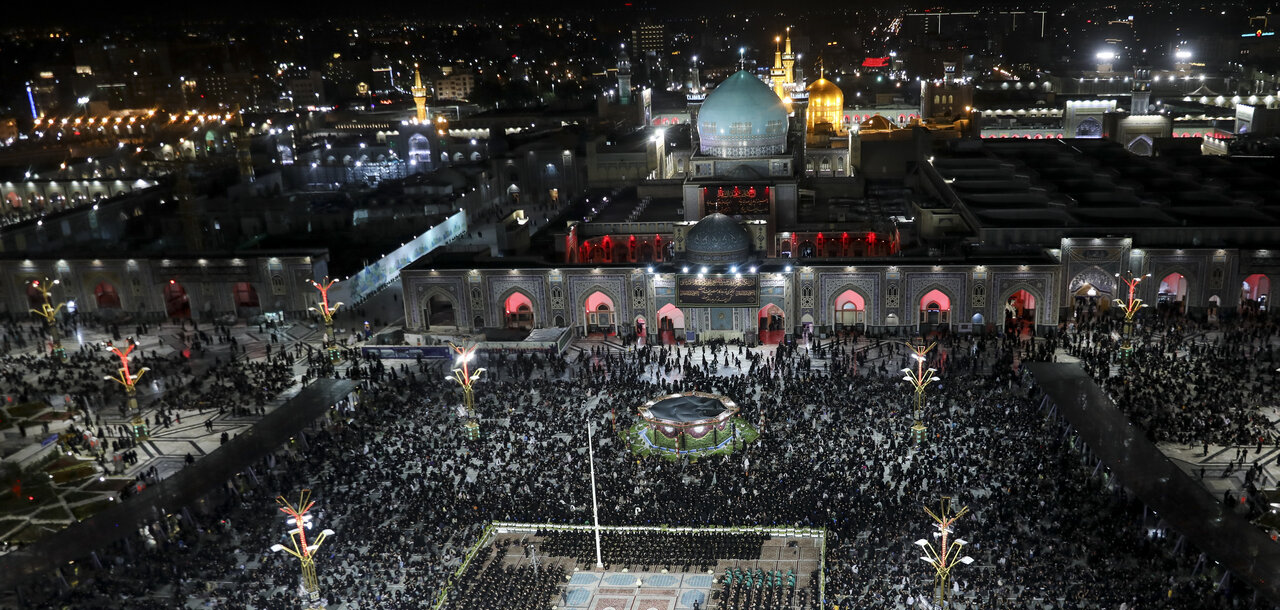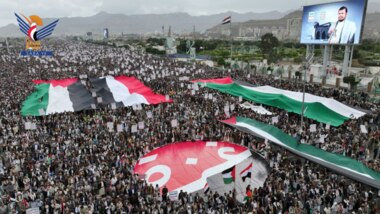Alwaght- Saudi Arabia left behind the 2016 while sustaining big failures both at home and abroad. It was a tough year for Riyadh in terms of making no domestic, regional, or international gains. The losses came in different forms.
Riyadh in region and world: A year of hostility and condemnation
The 2016 events and developments by themselves well display the damages Saudi Arabian received during the year.
- Tensions with Washington and JASTA approval: The US Congress's approval of Justice Against Sponsors of Terrorism Act, according to which the victims of the 9/11 attacks could sue Saudi Arabia, was a big blow to the two countries' friendly relations. The bill in the eyes of Riyadh was a stab in the back.
- War on Yemen: the kingdom’s aggression against Yemen by brought about a series of regional and international consequences. It, in fact, disclosed Riyadh’s real face, making it clear that the Saudi leaders observed no Arab or racial commitment. By waging the war, Riyadh revealed that it was simply a proxy serving Western and Israeli agenda. Moreover, the anti-Yemen campaign cost Saudi Arabia the support of the region’s nations, not to mention losing its position as a mediator to settle the regional crises.
- Losses in Syria and Iraq crises: The kingdom’s five-year endeavors to support war on Damascus through military and logistical equipping of the anti-Assad terrorist groups apparently met with failure as the Syrian forces made game-changing gains against terrorism at home. The same loss also repeated for Riyadh in Iraq as the Saudis failed to attract Iraqi sides to their side and so implement a plan to partition the crisis-hit country.
- Facing setbacks in leading the Arab world: Saudi Arabia has always tried to show off as a leader of the Persian Gulf Arab states but the crises of 2016 which were in fact a continuation of the prior years' troubles made the tensions with Qatar and the UAE come to surface. These tensions exposed another fact: the Persian Gulf Cooperation Council's meetings and the resultant decisions and statements are simply for show and ceremonial.
- Declining regional influence: Riyadh almost fully lost sway in Egypt as escalation began to hit Cairo-Riyadh ties. The Kingdome’s sway was also lost in Lebanon. Best proof for that is the outcome of the Lebanese presidential election and cabinet formation: new Lebanese president Michael Aoun is not ally to Riyadh.
- Tarnished international image due to human rights violations: On June 29, 2016, the Amnesty International and the Human Rights Watch (HRW) in a letter to the UN demanded suspension of the Saudi HRW membership for ongoing prosecution of human rights activists, conducting mass executions– in 2016 350 people were executed, among them 47 who were executed together in a single day–, and unceasing bombing campaign against the Yemenis that amounted to war crime. The assault against Yemen so far killed over 11,500 and injured many more Yemeni civilians. The Amnesty International asserted in its reports that the Saudi airstrikes are majorly indiscriminate, leading to massive destruction of Yemen's infrastructures.
- Seeking Britain's backing after US withheld supports: Riyadh has resorted to London as Washington’s alternative. This comes while the kingdom sought backing from Russia but it only managed to sign a trade deal with it, failing to draw Moscow’s military supplies.
- Decline in building anti-Iranian alliance: Riyadh’s struggles to set up an anti-Tehran camp appear to be going nowhere. It did its best to inflame racial and religious rifts across the region with Iran but all were foiled as the Iranian leaders acted wisely.
What happened to the kingdom at home?
- Increased royal rifts: The ruling family divisions are widening. King Salman's bids to ease the tensions between Mohammed bin Salman, his son and deputy crown prince, and Muhammad bin Nayef, the crown prince, so far proved unsuccessful. The rift stems from bin Salman’s totalitarian approach in major decision makings. This comes as power transition from the second generation to the third has caused troubles that are every day see developments.
- Broadened distance between the royalty and people: Sagging oil prices along with military adventures across the region pushed the government to adopt austerity measures in economy, a step made ordinary people feel the pinch. This in turn widened the gaps between the masses and the rulers.
It is amid such conditions that the analysts call the Vision 2030, an ambitious plan aiming to cut dependence to oil, a total national embarrassment because the Western research centers appear to dismiss the king’s assurances about the oil reserves. They say they are 40 percent less than the claims by the monarch.



























